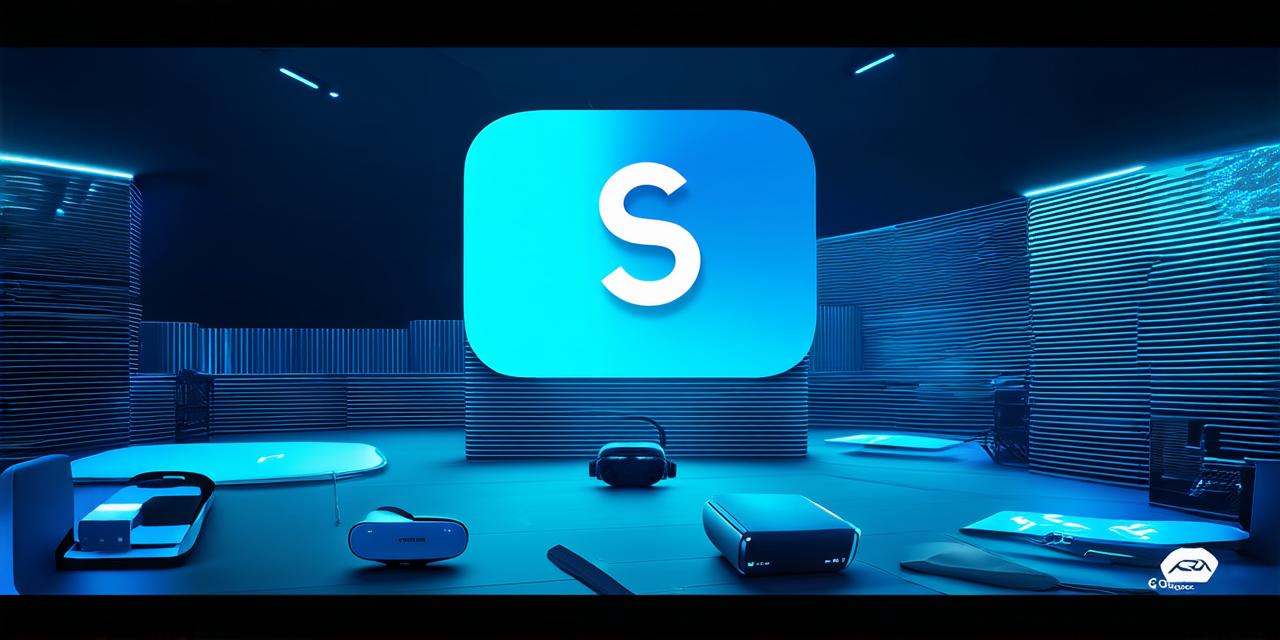Virtual reality (VR) is a rapidly growing technology that allows users to experience immersive digital environments. With the release of Google Daydream, developers have access to a new platform for creating VR experiences using Unity, Unreal Engine, and other game engines. In this article, we will explore how to create virtual reality experiences with Google and optimize them for search engines.
Introduction
Virtual reality technology has come a long way since its inception, and Google has entered the market with their own VR platform called Daydream. Daydream is built on top of Android and can be used to create immersive virtual environments for gaming, education, and other applications. In this article, we will explore how to create virtual reality experiences with Google and optimize them for search engines.
Getting Started with Google Daydream
Before you start creating VR experiences with Google, you need to have a basic understanding of Unity, Unreal Engine, or any other game engine that supports Daydream development. You also need to have a compatible device such as the Google Pixel, Samsung Galaxy S8, or Galaxy Note 8. Once you have these prerequisites, you can follow these steps to get started with Google Daydream:
- Install the Unity Editor or Unreal Engine and create a new project.
- Add the necessary assets such as models, textures, and audio files to your project.
- Configure your project settings to use Daydream SDK. This includes setting up input devices, resolution, and other parameters.
- Build your VR experience for Daydream and test it on a compatible device.
Creating Immersive Virtual Environments
Once you have created your VR experience using Unity or Unreal Engine, you can use Google Daydream to make it more immersive. Here are some tips for creating immersive virtual environments:
- Use 360-degree videos and images to create a realistic environment.
- Add interactive elements to your environment, such as buttons, switches, and levers, that allow users to interact with the virtual world.
- Use sound effects and ambient noise to create a more realistic environment. This can include background music, footsteps, and other sounds that add to the immersion.
- Add haptic feedback to your VR experience to make it more immersive. This can include vibrations in the headset or hand controllers that simulate different sensations such as touching or impact.
- Use lighting effects to create a realistic environment. This can include adding shadows, reflections, and other lighting effects that simulate the real world.
Optimizing Your VR Experience for Search Engines
Once you have created your immersive virtual environment, you need to optimize it for search engines so that it ranks higher in search results. Here are some tips for optimizing your VR experience for search engines:
- Use relevant keywords in the title and meta description of your VR experience.
- Add alt text to your images and videos that describe the content in the image or video.
- Use structured data markup to provide additional information about your VR experience. This can include information such as the author, publisher, date published, and other details that can help search engines understand the content.
- Create a sitemap for your VR experience to help search engines discover new pages on your website. This will make it easier for search engines to crawl and index your content.
- Promote your VR experience on social media and other platforms to increase its visibility and attract more traffic to your website.
Case Study: Creating a Virtual Tour of a Museum using Google Daydream
Let’s look at an example of how to create a virtual tour of a museum using Google Daydream. The Smithsonian National Air and Space Museum is a great choice for this example because it has a lot of interesting exhibits that can be easily captured in 360-degree photos or videos.
Here are the steps to create a virtual tour of the Smithsonian National Air and Space Museum:
- Install the Unity Editor or Unreal Engine and create a new project.
- Capture 360-degree photos or videos of each exhibit in the museum. Make sure to capture high-quality images that accurately represent the exhibit.
